Monday, 9/18 we embarked upon the segment from Santo Domingo de la Calzada to San Juan de Ortega. It was planned as a slightly shorter route which would give us a bit of respite at the end of the day but once again El Camino tested us in new ways. The sun was shining and a cool breeze was blowing at 57 degrees as we made our way out of town through paths used by farmers to tend to their fields of sun flowers.
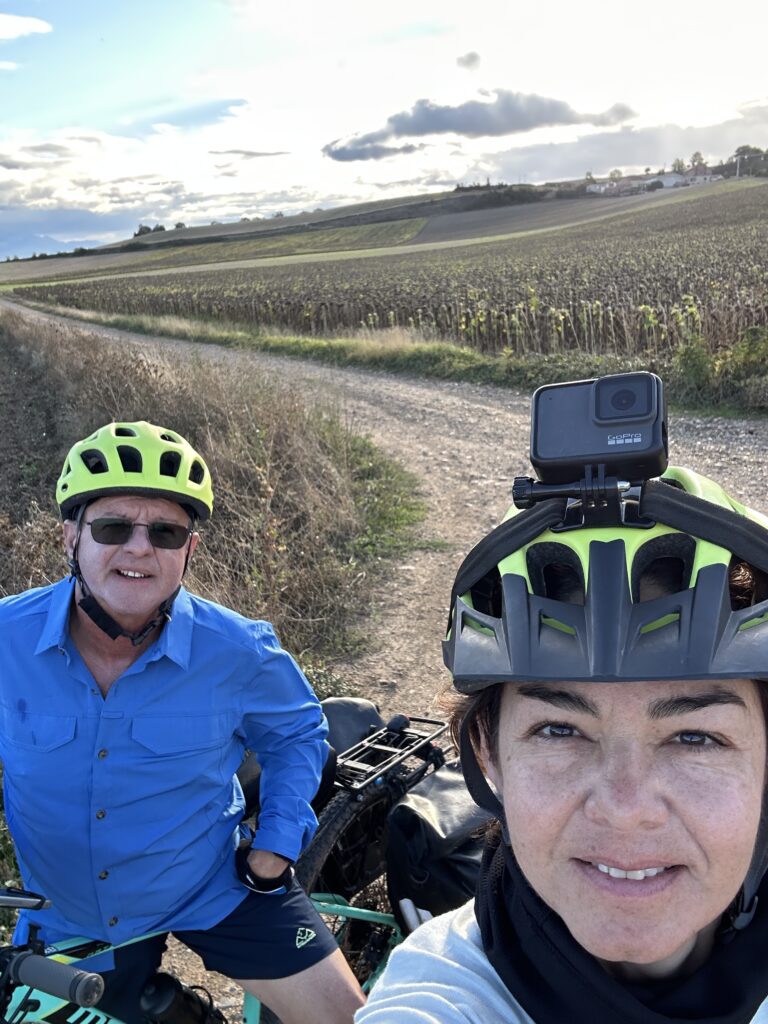
The first challenge arose with the wind forecast that proved to be accurate: we were facing headwinds at 13 knots with gusts up to 30 knots. After the first hour on the trail we calculated that at the pace we were keeping we would probably take a minimum of 7 1/2 hours (without breaks) to complete the 50 km to our next stop.
We persevered slowly but surely, crossing the boundary of the Rioja region into Castile y Leon region.
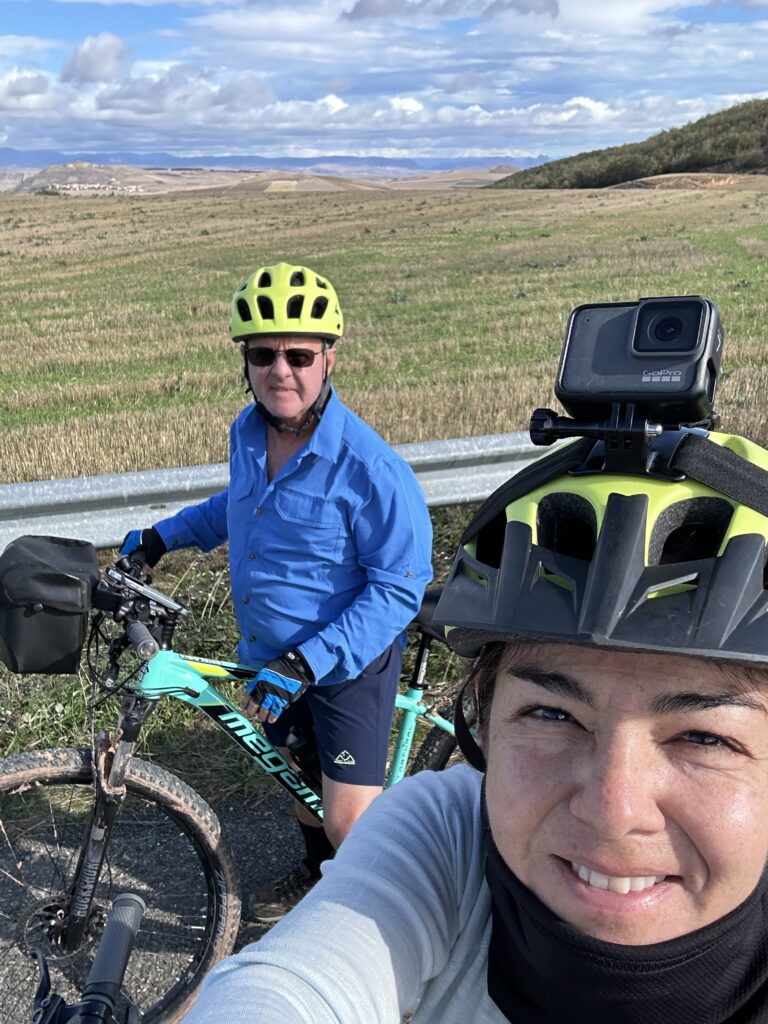
The next challenge we encountered was an extended stop in the middle of a field of sunflowers to fix a flat in Tom’s bike. We changed out the inner tube and got on our way.
We made a brief stop in Viloria de Rioja, the ancestral home of St. Domingo de la Calzada, beloved by Spaniards for his care of pilgrims and making the Camino safer for their journey. For this he is also known as the patron saint of engineers and builders.
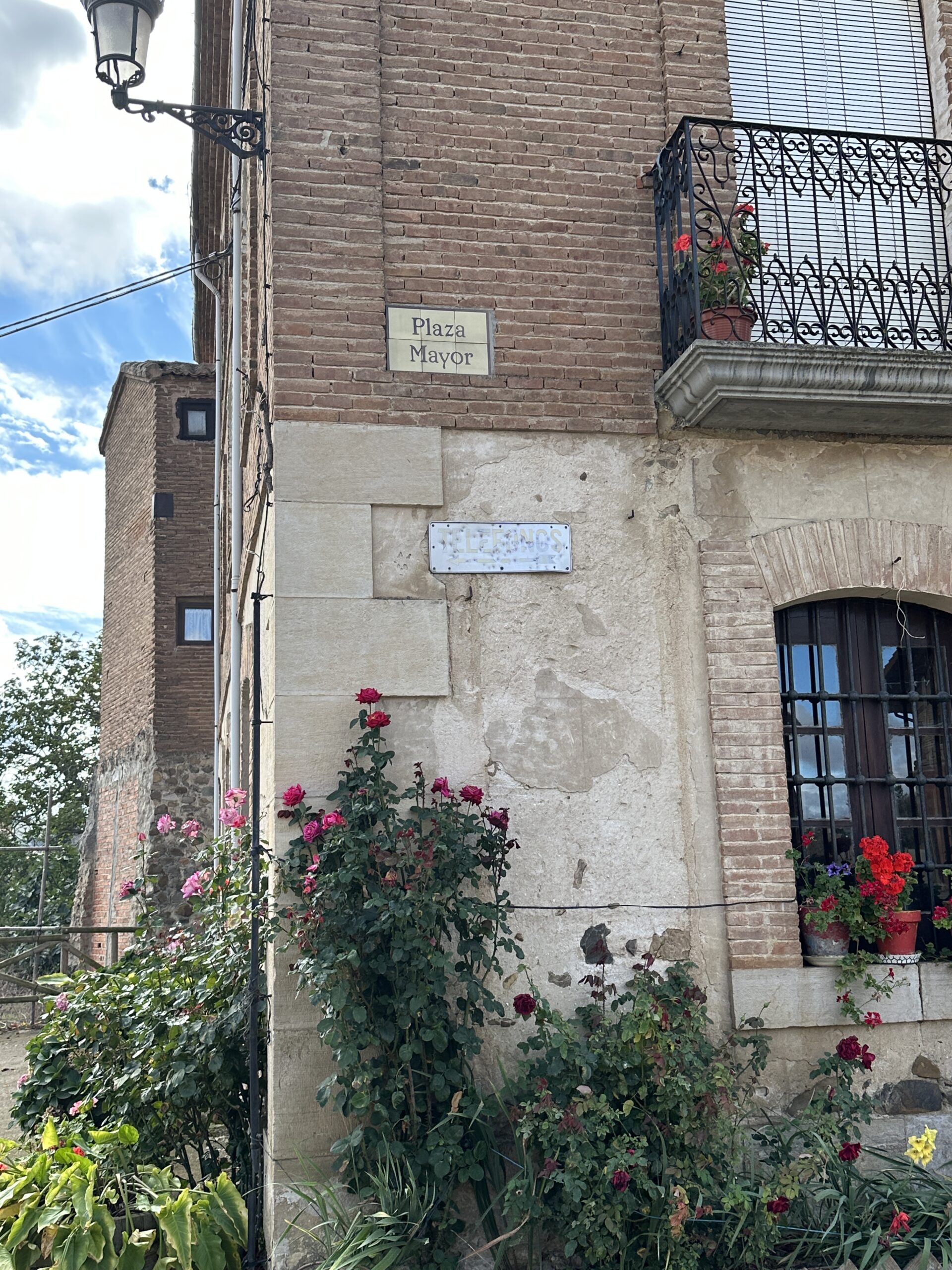
As we made our way out of town in a gently descending path to the main road, Tom encountered a second flat. The coincidence indicated we probably missed the culprit on the tire itself. At this point I located the nearest bike shop in the town of Belorado, approximately 5 km from where we were. We proceeded to stop every kilometer or so for Tom to pump up the tire. About an hour later we arrived at El Salto Albergue – a hidden gem alongside a flowing water canal surrounded by apple and pear trees.
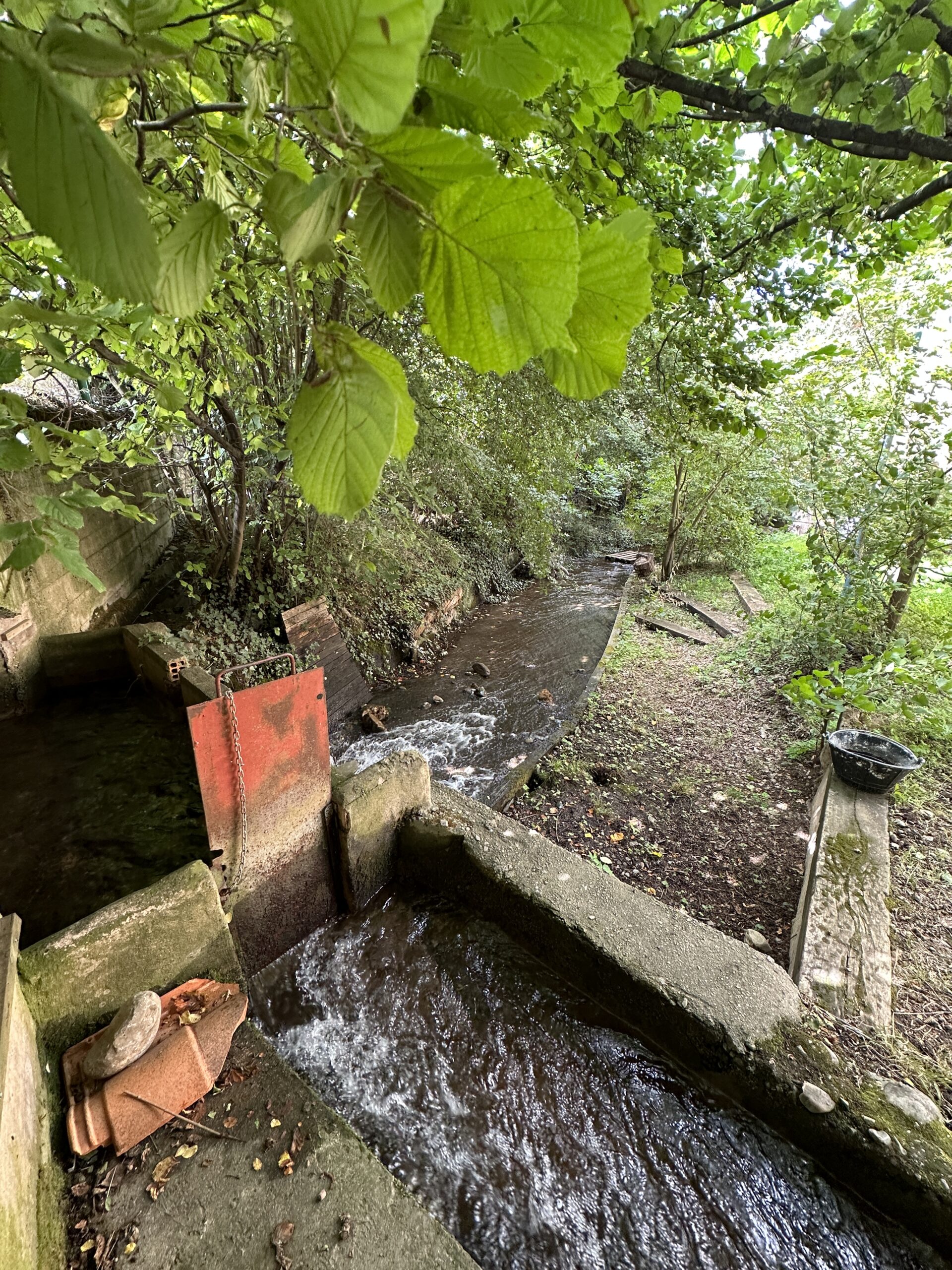
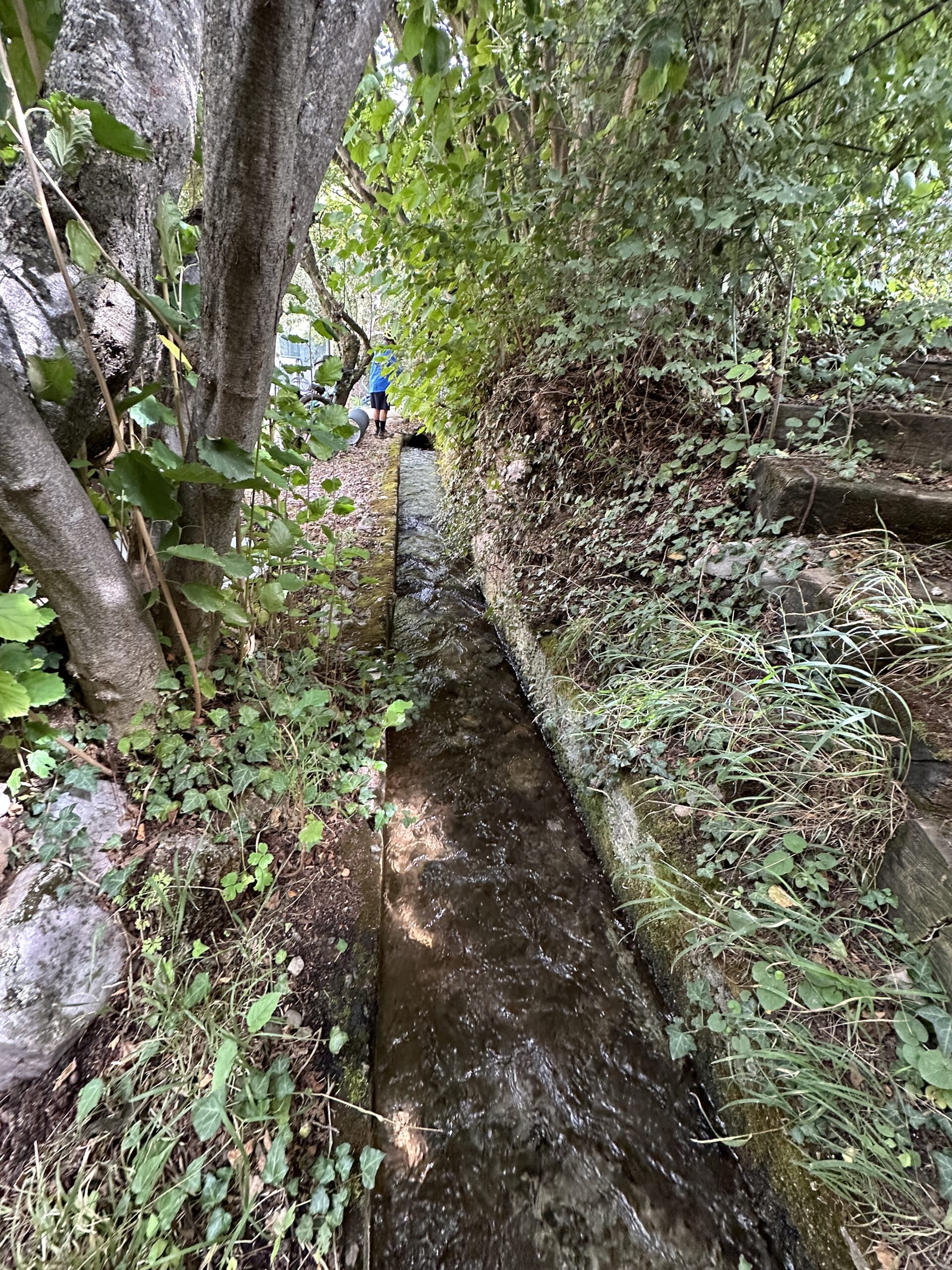
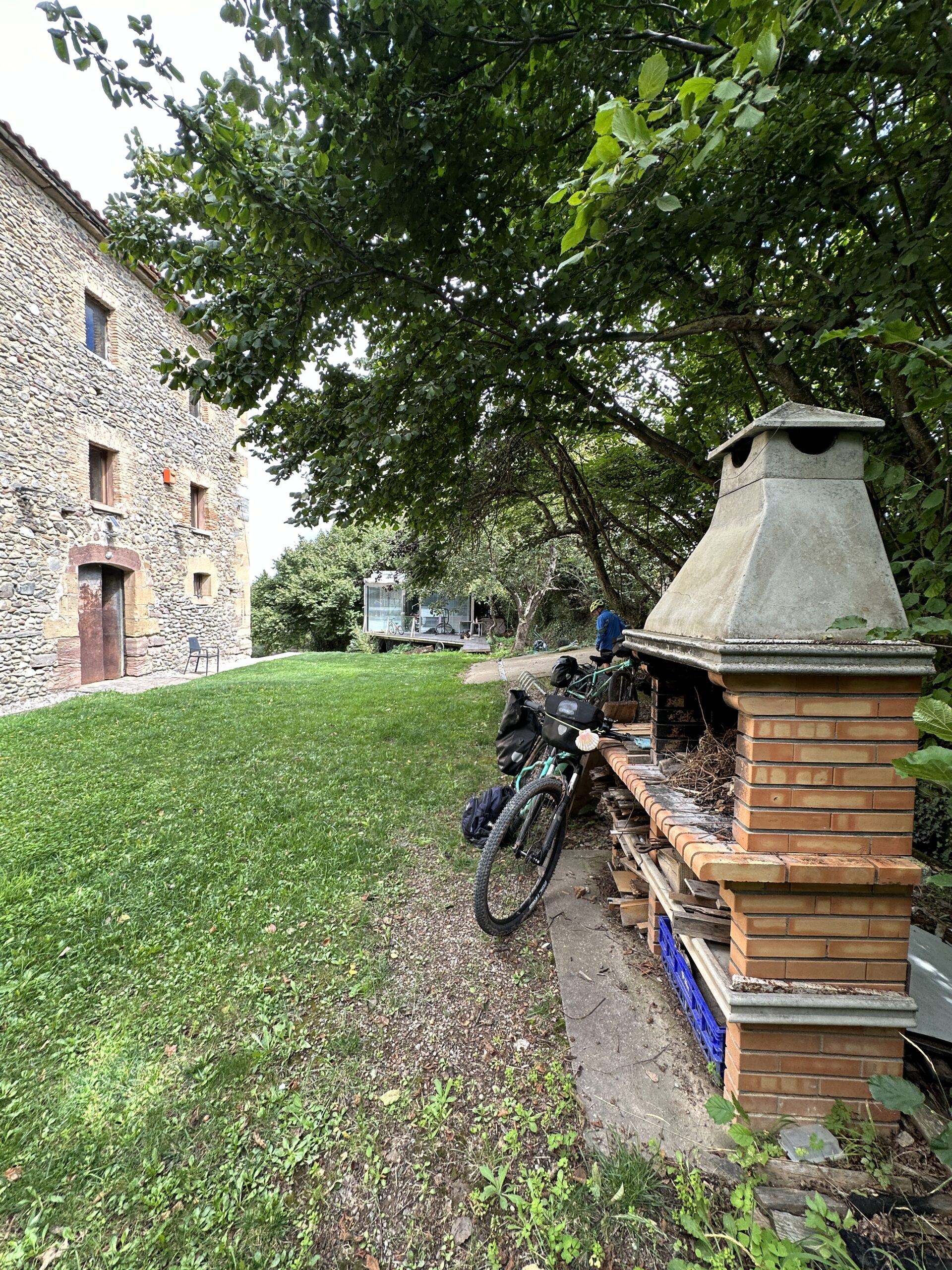
The inn keeper, Fernando was incredibly helpful in determining the cause of back-to-back flats (despite being in the middle of preparing for the arrival of pilgrims who usually arrive by 2 p.m.): a thorn that looked like it had been pricked off a rose bush and perfectly inserted on the inner edge of the tire tread . When he pulled it with his fingernails and displayed it on his thumb I exclaimed “increible” to which he responded, “actualmente muy creible” (actually very believable). After all the energy expended with the flat and fighting the headwinds and calculating the prospect of cycling at dusk, we realized that the remaining 20 km to San Juan de Ortega would best be completed by taxi — with a bike rack. Apparently we weren’t the first pilgrims to need assistance, nor will we be the last.
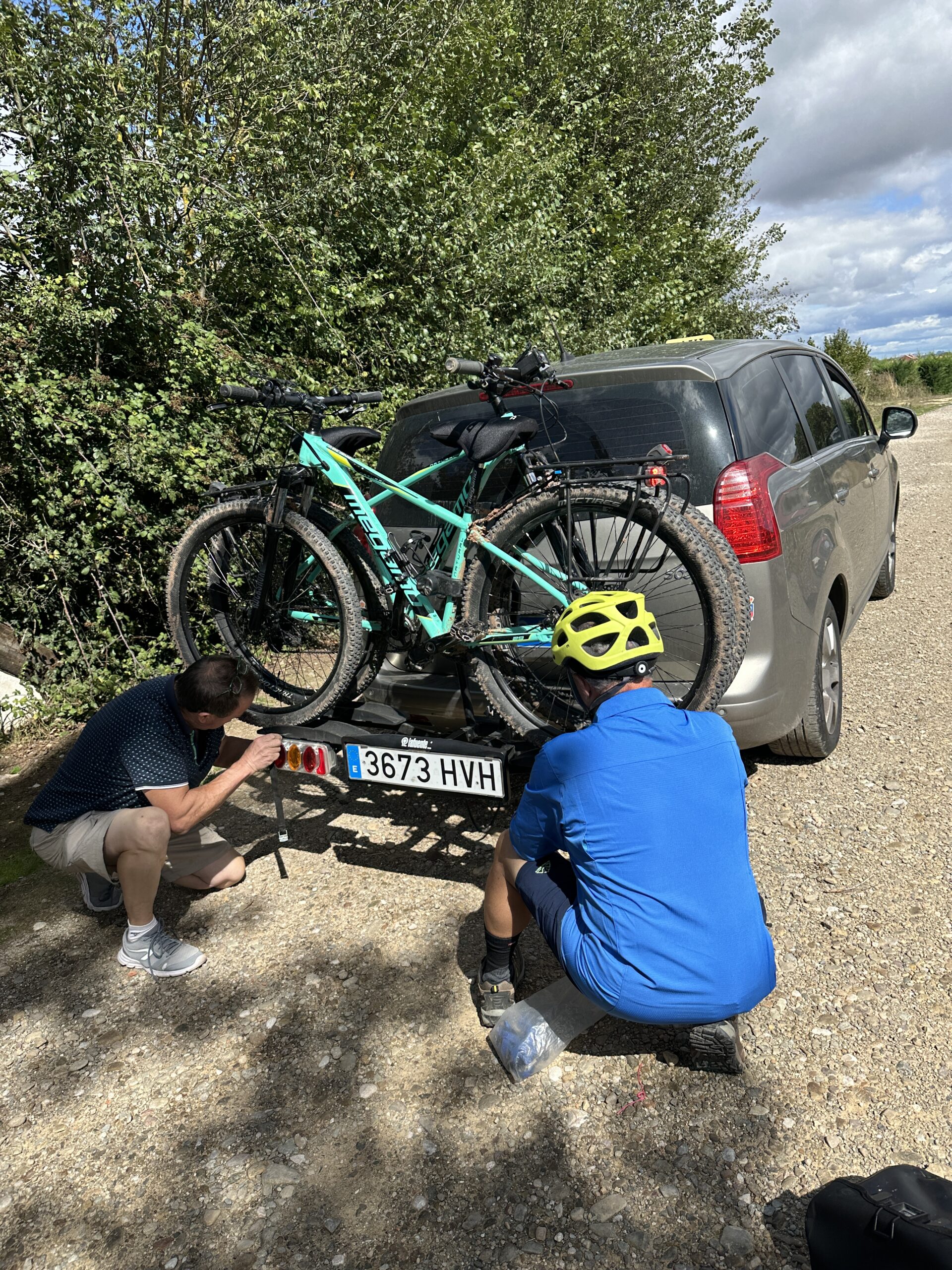
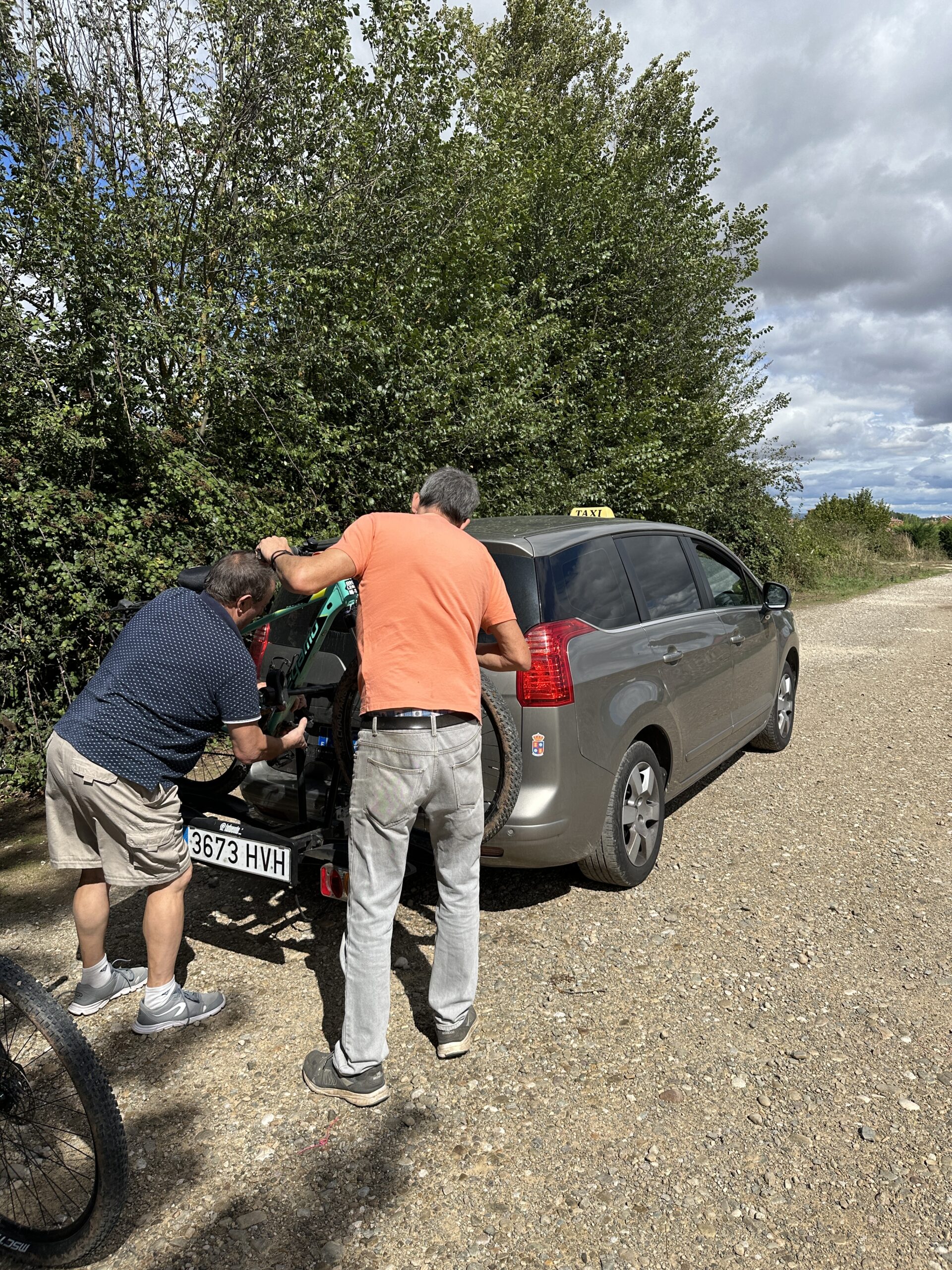
Arriving in the small hamlet named after San Juan de Ortega we settled in and recharged the batteries. We then ventured out to explore the former monastery and church dating back to 1142 which was built by San Juan de Ortega and his mentor, Santo Domingo de la Calzada. Having withstood the test of time, it is known for its unique architectural design that perfectly aligned a small window placed in the main facade to allow a stream of light to shine twice a year on the solar equinoxes in March and September. As the light streams in, it shines on one capital of the main column depicting the Catholic theology of Jesus’ nativity: the annunciation, the visitation of Mary by her cousin Elizabeth, the birth of Jesus and the announcement to the shepherds.
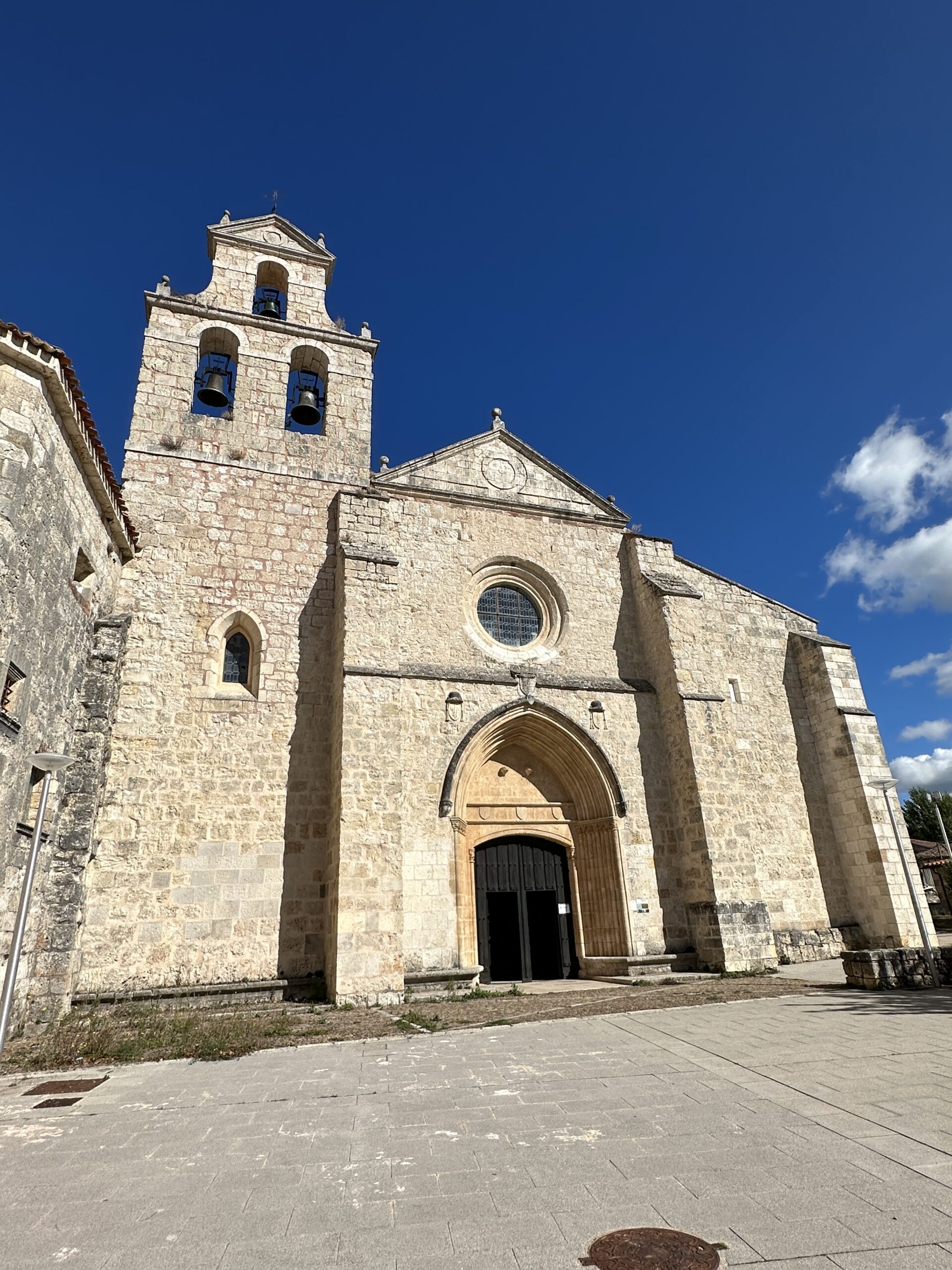
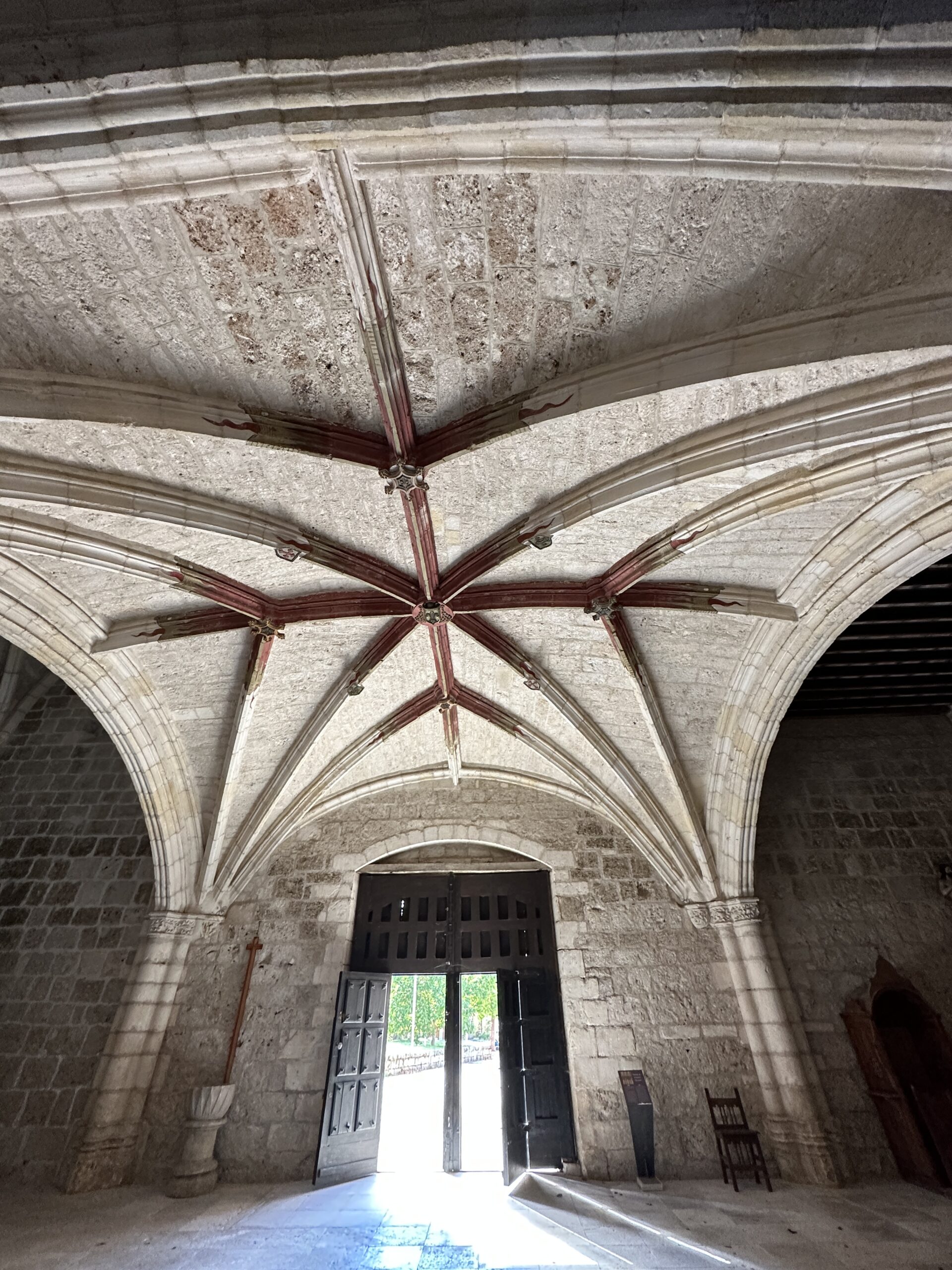
After a day of facing headwinds and adjusting our pace, changing gears (literally and figuratively) to compensate for the fact we could not control the wind, only how we reacted to it, I was glad that we saw the light: completing the goal safely sometimes requires asking for help.